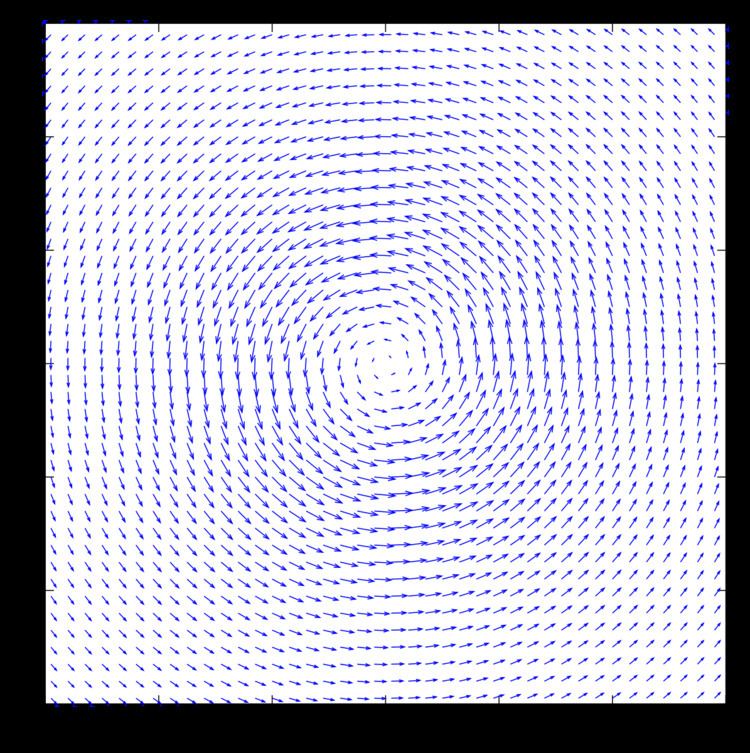 | ||
In fluid dynamics, the Lamb–Oseen vortex models a line vortex that decays due to viscosity. This vortex is named after Horace Lamb and Carl Wilhelm Oseen.
The mathematical model for the flow velocity in the circumferential
with
The radial velocity is equal to zero.
The associated vorticity distribution in the vortex-filament-direction (here
An alternative definition is to use the peak tangential velocity of the vortex rather than the total circulation
where
The pressure field simply ensures the vortex rotates in the circumferential direction, providing the centripetal force
where ρ is the constant density
